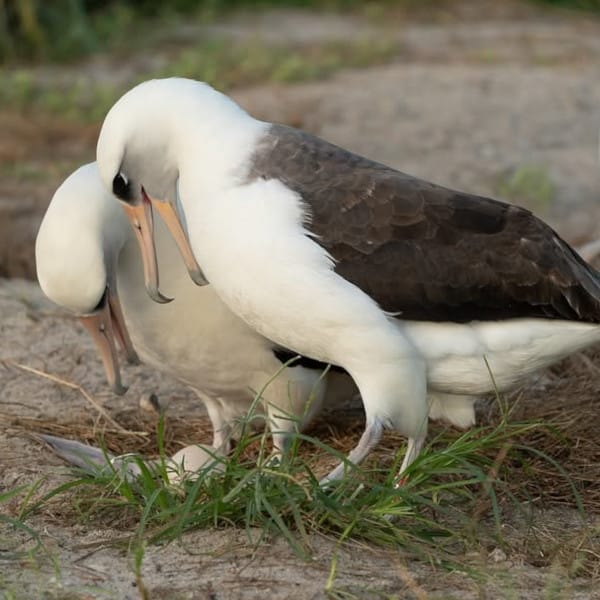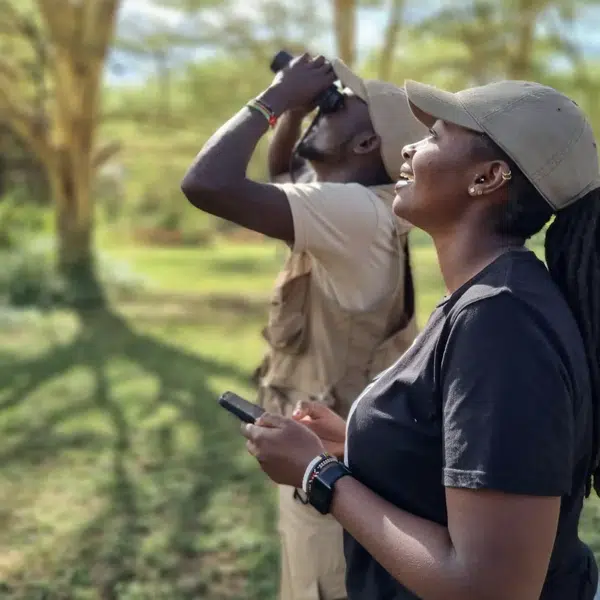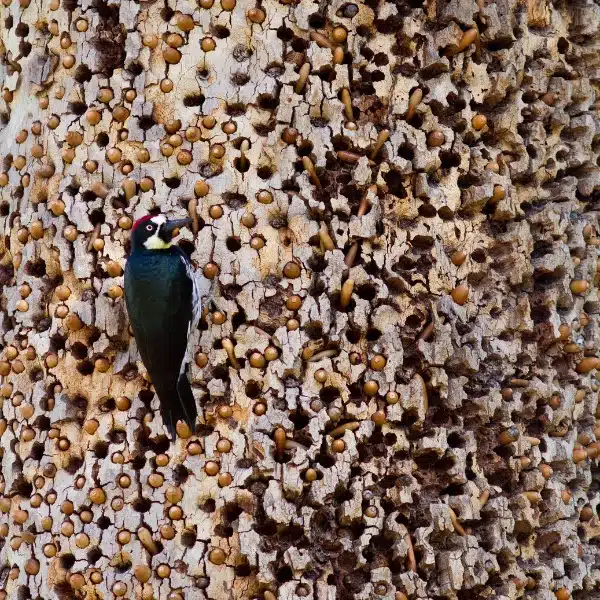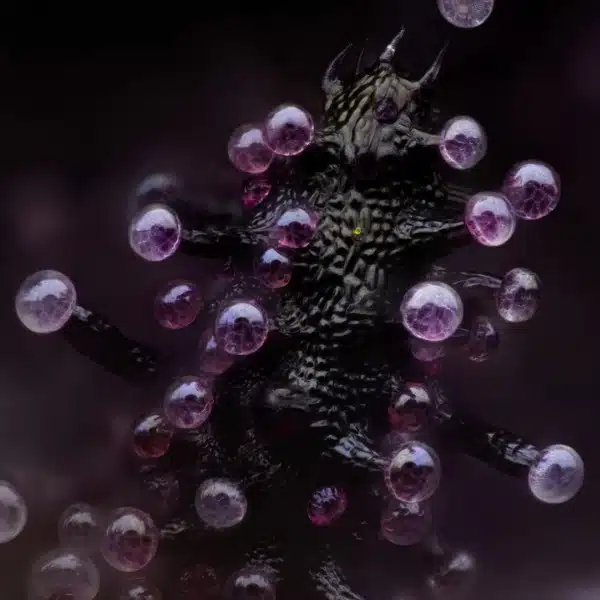View this post on Instagram
Have you ever heard of Alex the African gray parrot? This revolutionary bird was the colleague and test subject of Dr. Irene Pepperberg for 30 years during her research into animal psychology—particularly that of birds. Before she began her studies with Alex, birds weren’t considered to be intelligent animals (on account of their walnut-sized brains). In fact, the term “bird brain” was often used as an insult for stupidity. However, Dr. Pepperberg’s studies completely changed the field as she demonstrated the capabilities of the African gray parrot through various exercises in cognition.
By the time of his death in 2007, Alex had amassed a variety of skills generally thought beyond animal reasoning. He had proven that some birds’ intelligence is even on par with that of dolphins and primates—typically considered to be some of the world’s smartest animals.
The Training of an African Gray Parrot
Pepperberg purchased Alex (an acronym for “avian learning experiment”) from a pet store in Chicago in June 1977, when he was about 12–13 months old. She had a store employee pick him out for her so that there could be no speculation as to whether she had picked a bird based on some demonstrated special ability. She wanted to prove that any bird would be capable of the tasks she was preparing to prove them with.
She began training him using a method she dubbed the model/rival technique. For this training, Alex would observe two of his trainers interacting. One of them would be the model for the desired behavior, which would also make them the bird’s rival for the other trainer’s attention and the reward. The two trainers would also switch positions often so that Alex could understand that it was an interactive process. In this manner, they were able to facilitate two-way communication with him.
As time progressed and Alex became more adept in his knowledge, Dr. Pepperberg reported that he would even correct his trainers at times if they made mistakes in conversation. He would practice words on his own as well, and, in his later years, he would also act as Pepperberg’s assistant every so often—taking on the role of model and rival to help teach other parrots in the lab.
View this post on Instagram
Alex the Parrot's Accomplishments
Alex was taught to recognize a variety of different colors, objects, materials, and actions, and he possessed a vocabulary of over 100 words to identify them with. He knew at least 50 individual objects and could count quantities of up to six. The parrot was even reported to have an understanding of the concept of zero.
Possessing a distinct understanding of the words he used, he could also identify objects despite them being different from ones he had been shown before. For example, if Alex was shown a plastic key that was yellow, he could distinguish it from one that was made of metal by its color and material, while still labeling them both as keys. When presented with an object, he would be asked questions such as What color?, What matter?, or What shape?—and he had a very high rate of accuracy with his responses.
Because the experiments required a large amount of repetition for statistical purposes, Alex would often get bored with the activities. It was then that his cheeky personality would shine through the most. He would frequently try to create variations to the exercises by responding intentionally with incorrect answers or by responding to Dr. Pepperberg’s questions with ones of his own. His ability to understand and pose his own questions was a groundbreaking occurrence in itself, as he was the first (and only) non-human to ever ask a question.
One of Alex’s most impressive moments was when he asked an existential question about his own appearance. He had been presented with a mirror, and—after observing himself for a moment—he asked, “What color?” He then learned the word “gray”—the color of his feathers—after having it taught to him six times.
View this post on Instagram
A Lasting Legacy
Alex died unexpectedly on September 6, 2007, at the age of 31—much shorter than the average expected lifespan of a parrot in captivity. The last thing he was known to say was a few parting words during his nightly goodbyes exchanged with Dr. Pepperberg. After she put him in his cage, he said, “You be good, see you tomorrow. I love you.”
Dr. Pepperberg and her colleagues were devastated by the loss, and Alex’s death even spurred a series of articles paying him tribute in large publications such as The New York Times. However, his death did not cause the end of their investigation. Pepperberg has continued her studies with other parrots, working currently with two named Athena and Griffin.
Thanks to the research Pepperberg completed with Alex, ornithologists have learned that bird brains are more complex than they originally thought. Consequently, this discovery has led to researchers looking at the capabilities of other types of birds as well. Additionally, the modeling techniques used in teaching Alex and the other parrots have also proved effective outside of the animal kingdom, especially for teaching children with learning disabilities.
To learn more about Alex and Dr. Pepperberg’s research, visit The Alex Foundation’s website.
The Alex Foundation: Website | Facebook | Instagram
Related Articles:
Stunning Portraits of Rare and Endangered Birds Full of Personality
Crows Appear To Have a Form of Intelligence Thought To Be Reserved for Humans
Artist Strategically Guides Birds With Food to “Draw” Giant Illustrations
Researchers Discover Rare Gynandromorph Bird That Is Both Male and Female






















































































